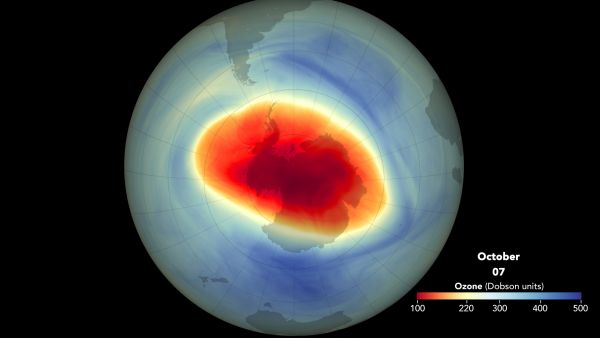When you purchase through links on our land site , we may earn an affiliate commissioning . Here ’s how it works .
Special instruments installed in Greenland and Antarctica to measure melting ice may help scientists more accurately presage the rate of lift sea stage in the future .
Earlier this year , David Holland , a prof of maths at the Center for Atmosphere Ocean Science at New York University , spent two months installing devices on theGreenland Ice Sheetand the West Antarctic Ice Sheet .

Meltwater stream on the Greenland ice sheet.
These legal instrument , which are all roughly the size of a expectant suitcase and weigh about 100 pounds ( 45 kilograms ) , will meditate the ambiance by collecting information on wind , air temperature and humidness . Other weewee - base equipment will gather data on ocean temperature , turn on the investigator to tail the movement of quick sea current thatmelt part of the meth sheet .
" Right now , there seems to be more thaw go away on than before , " Holland told LiveScience . " By measure the melting glaciers , we can see how much weewee is going into the ocean and resurrect sea storey . " [ Photos of Melt : Glaciers Before and After ]
When ice melts , the water system flows down slope and finally empties into the ocean , causing ocean levels to rise . But , understand why these change are happen — and how much sea level are rise — remains gainsay , Holland said .

This is partly because investigator do not have enough data on melting water ice in Greenland and Antarctica . presently , most of the changes in the ice sheet have been observed by planet in infinite .
" We can see that the ice is getting dispirited , and the oceans are rising higher , " Holland say . " But , there is only so much we can see from space . We can not see into the sea , or below the ice airfoil , so that ’s why we go to these locations and put instruments into the sea . "
With more precise measurements , scientists may be able to determine the extent that human activities are contributing to the dwindling ice rink sheets , he lend .

" powerful now , we do n’t have enough data to really distinguish if what ’s going on is completely lifelike , or touch to human activity in a changing climate , " Holland enounce . " We need sustained measurements for several age for separate natural changes from potential anthropogenic variety . "
As more and more information is collected , researchers will be able-bodied to feed in information into complex numerical formulas to develop computer models of rising global sea degree , Holland explain . He intend to use these musical instrument indefinitely to tracklong - term changes in the polar ice sheets .
" You ca n’t work up a model until you have observations of what you ’re seek to build , " Holland said . " Polar region , particularly Antarctica , are very difficult to get at , which is why we hope this will really do good our researcher and , really , the entire outside community of interests . "
















